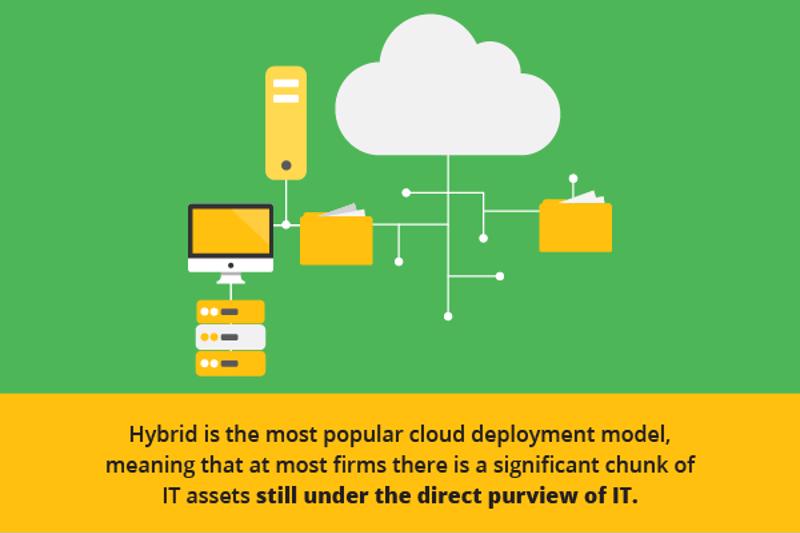In the first half of our series on the different roles within cloud computing environments, we focused on how senior managers (e.g., CEOs and corporate vice presidents) influence modern cloud strategies. Cloud-based infrastructures and applications are major departures from on-premises IT architectures, but they are usually selected for how they can improve an organization’s operations, rather than for their technical specifications alone.
Accordingly, business-side personnel often play bigger parts than IT departments themselves in choosing cloud solutions. That’s not to say that the technologies underpinning cloud platforms are unimportant, only that they’re just pieces of larger puzzles that also include cost considerations, vendor ecosystems and partner networks.
So where do IT employees fit in? While the emergence of cloud is often portrayed as a major threat to the traditional IT unit, there’s still plenty for administrators and their teams to do in ensuring their organizations get the most from their investments in cloud. Here are three tasks that IT still frequently performs in cloud environments:
1. Serving as a cloud services brokers
We often talk about cloud as if it’s a monolith, instead of multiple overlapping services from disparate providers – a much more common setup. Unfortunately for risk-averse organizations, many of these cloud platforms are procured directly by individual end users rather than by IT.
An assessment by Skyhigh Networks once revealed that for every IT-approved cloud service, there were more than 10 “shadow IT” equivalents, i.e. ones IT wasn’t even aware of. To reduce risk and control costs, today’s IT departments must serve as engaged brokers of cloud solutions across their companies, with control over purchases, provisioning, access and security. Network monitoring solutions can help, particularly within hybrid clouds.
2. Ensuring security and compliance requirements are met
Hybrid is the most popular cloud deployment model, meaning that at most firms there is a significant chunk of IT assets still under the direct purview of IT. Administrators remain pivotal in determining the security architectures of private hardware and software.
For example, they decide which defenses (e.g., intrusion detection systems, deep packet scanners, etc.) to implement, who can have access granted or revoked to specific accounts and services and – crucially – which partners are acceptable to work with. IT personnel are ideal for reviewing the technical merits of vendors and whether their respective solutions offer sufficient security and performance.

3. Collaborating with partners
During a complex implementation such as a transition to cloud-enhanced ERP for integrated supply chain management, the IT department often sets objectives, participates in trainings and assists with integrations. Even if they do not have the final word on a project, their technical expertise is irreplaceable when making sure all i’s are dotted and t’s are crossed.
Integrated SCM partners like Inspirage make life easier for both IT and business personnel. Our track record with a broad portfolio of cloud solutions sets us apart as a go-to collaborator for your organization as you seek to build a better supply chain. Learn more by visiting our Resource Center today.
